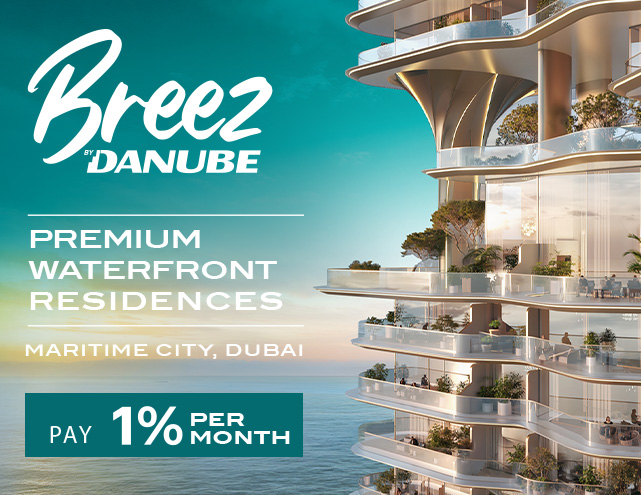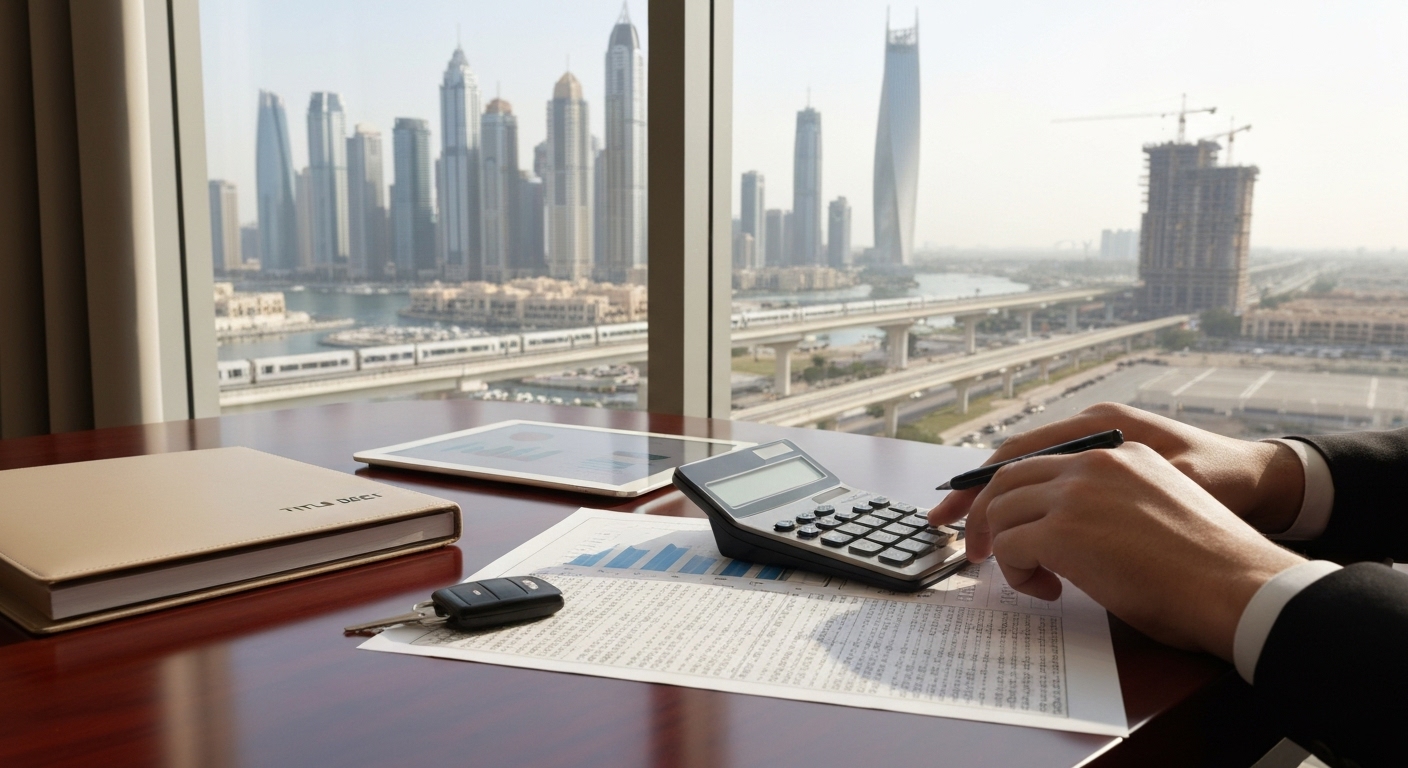How to calculate breakeven years for Dubai apartment ownership in 2025 is a key question for investors who want to understand when their property will begin generating profit. This article provides an actionable guide tailored to Dubai’s 2025 market, addressing the calculation of breakeven years and referencing current trends and local opportunities.
Understanding Breakeven in Dubai Real Estate: Why It Matters for 2025 Investors
The breakeven year is the point when your cumulative rental income matches your total apartment purchase and ownership costs, signalling the start of profit. For investors in Dubai, this metric is crucial, as the city’s property market combines high rental yields, robust value appreciation, and a tax-free environment. In 2025, rental yields remain strong—typically between 6% and 12%, depending on the apartment’s location and amenities. Premium neighborhoods like Dubai Marina generally offer yields between 5–7%, while areas such as Silicon Oasis can reach 7–8%, offering affordable entry points and strong income potential. Understanding where your investment falls within these ranges helps project how soon your returns will meet or surpass your initial capital outlay.
Dubai’s appeal to international investors is bolstered by a zero-tax policy on rental income. Additionally, those investing in property above certain thresholds may qualify for residency visas, providing both lifestyle and strategic investment benefits. Compared to many global cities, Dubai offers a highly competitive environment for apartment investors seeking swift, reliable returns.
Key Financial Metrics Beyond ROI: Calculating Net Income and Cash Flow for Dubai Apartments
While return on investment (ROI) is a common metric, breakeven years depend on a deeper understanding of net income and cash flow. Net rental income is what remains after deducting all property-related expenses—maintenance, service charges, management fees, and occasional vacancy periods—from your gross rental income. For a precise calculation, you must consider:
– Gross annual rental income: This is the total rent received in a year.
– Recurring expenses: Including service charges (often AED 10–25 per sq ft depending on the building and location), maintenance costs, management fees, insurance, and provisions for vacancy.
– Total acquisition cost: This covers the purchase price, Dubai Land Department (DLD) fees (typically 4% of the property price), any agent commissions, and fit-out or furnishing.
Strong cash flows ensure you not only cover these costs annually but also steadily chip away at your upfront investment.
Step-by-Step Guide: How to Calculate Breakeven Years for Your Dubai Apartment Investment
Example Calculation
Suppose you purchase a Dubai apartment in 2025 for AED 1,000,000 in Business Bay, where annual rental yields average 6–7%. Let’s assume a gross rental income of AED 65,000 annually, and yearly costs totaling AED 10,000 (service charges and maintenance).
1. Net Annual Income:
AED 65,000 (rental) – AED 10,000 (costs) = AED 55,000
2. Total Acquisition Cost:
AED 1,000,000 (purchase price) + AED 40,000 (DLD fees) + AED 20,000 (commission and fees) = AED 1,060,000
3. Breakeven Years Calculation:
Breakeven Years = Total Acquisition Cost / Net Annual Income
Breakeven Years = AED 1,060,000 / AED 55,000 ≈ 19.3 years
To accelerate breakeven, investors can leverage innovative payment plans—such as 1% monthly installments offered by some developers—reducing upfront outflows and enhancing early cash flow.
Factors Influencing Breakeven: Market Trends, Property Appreciation, and Rental Yields in Dubai
Several Dubai-specific trends can impact your breakeven timeline:
– Property appreciation: Over the past decade, average prices have grown by around 42.7%, with the average price per square foot rising from AED 1,224 in 2014 to AED 1,747 in 2025. Appreciation can shorten breakeven if you sell at a profit or refinance.
– Rental yields: Areas like Dubai Marina, Silicon Oasis, and Business Bay consistently offer yields that outperform many global cities.
– Flexible payment plans: Spreading payments can free capital for renovation or other investments.
– Demand and occupancy rates: High international interest and a carefully managed supply pipeline in Dubai reduce the risk of prolonged vacancies.




